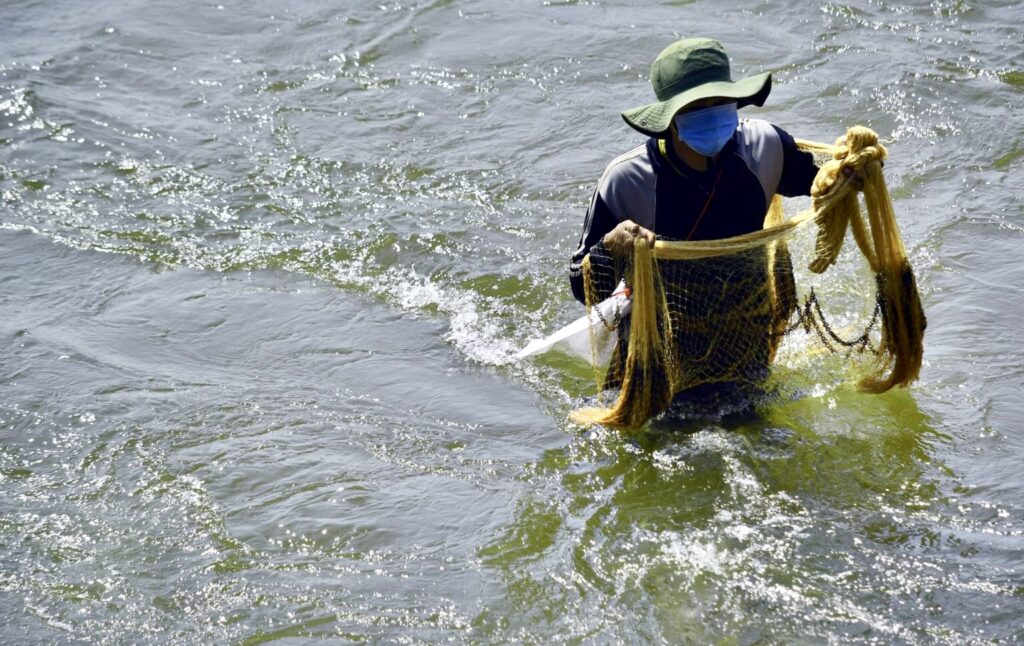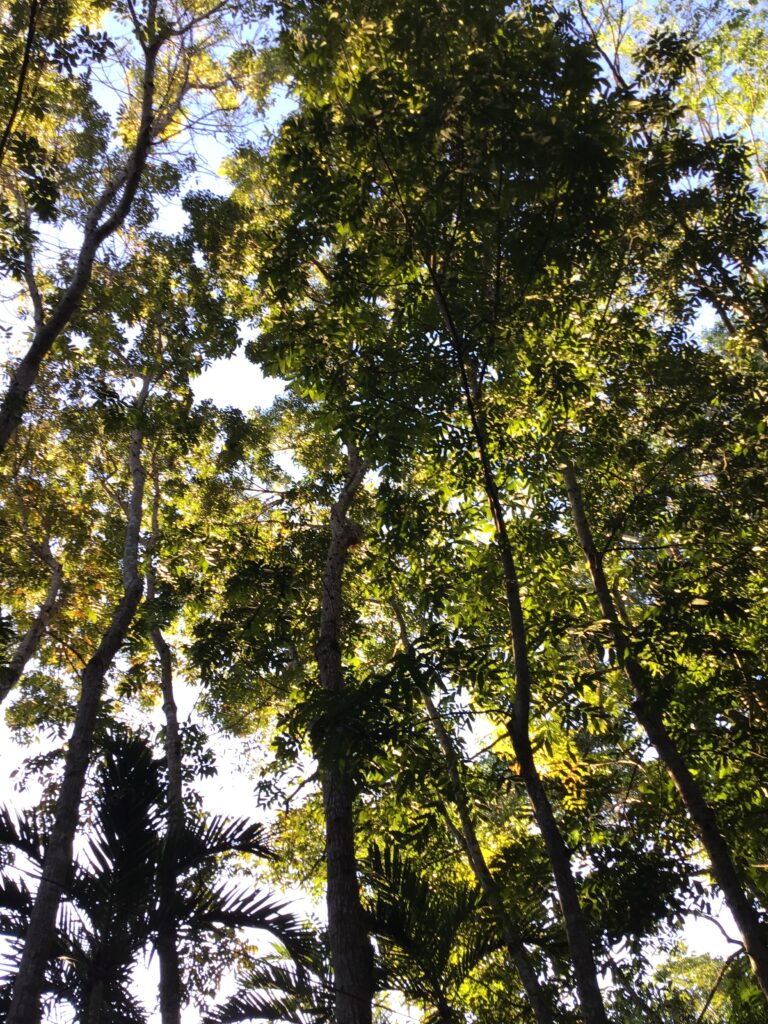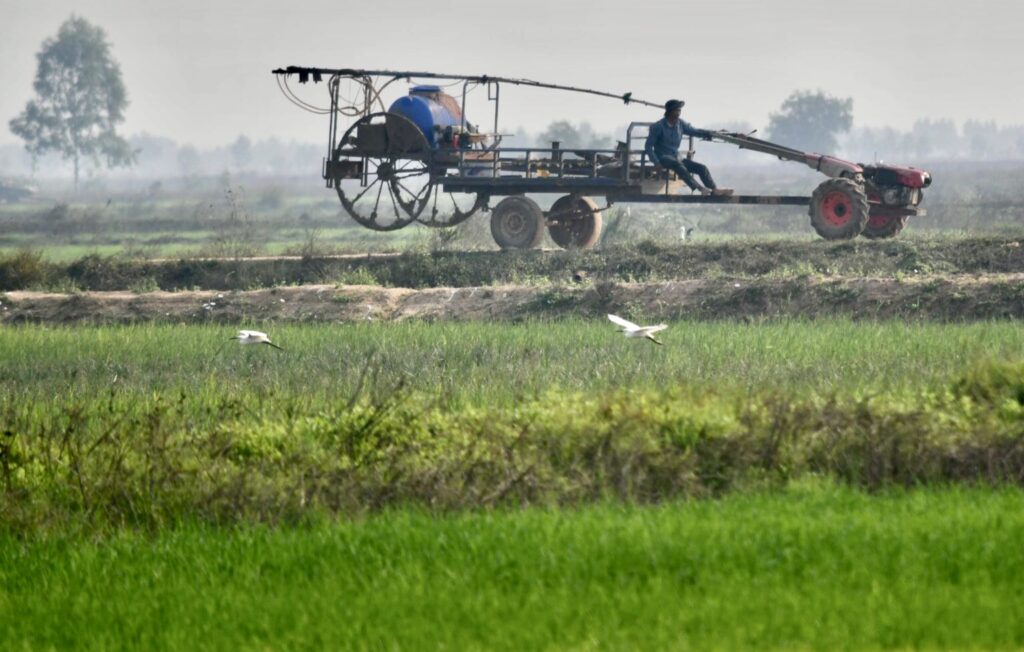By Henrylito D. Tacio
Photos courtesy of Steve Hyde
The connection between biodiversity loss and the emergence of zoonotic diseases has gained wider attention in recent years – thanks to coronavirus disease 2019 (COVID-19), which has struck the country almost a year ago.
“Biodiversity has been talked about more often as we all make sense of the crisis and establish clear paths to recovery,” said Dr. Theresa Mundita-Lim said in her remarks during the webinar on “Emerging Disease, Wildlife Trade and Consumption: The Need for Robust Global Governance.”
She cited an earlier talk delivered by Dr. David Nabarro, a special envoy on COVID-19 for the World Health Organization (WHO).
“Earlier we heard from him about how a holistic, interdisciplinary, and integrated approach helped address the bird flu in 2003,” said Mundita-Lim, who is the executive director of ASEAN Biodiversity Center (ABC).
Asian highly pathogenic avian influenza (HPAI) A(H5N1) virus occurs mainly in birds and is highly contagious among them. It was first detected in 1996 in geese in China. In humans, it was first detected in 1997 during a poultry outbreak in Hong Kong.
Asian H5N1 re-emerged in 2003, and rare, sporadic human infections with the virus have been reported in Asia, and later in Africa, Europe, and the Middle East.
The United Nations health agency recommends One Health in beating this type of disease. One Health is an approach to designing and implementing programs, policies, legislation, and research in which multiple sectors communicate and work together to achieve better public health outcomes.

Fishing (Steve Hyde) 
Birds (Steve Hyde)
One Health is particularly relevant when it comes to food safety, the control of zoonoses (diseases that can spread between animals and humans), and combating antibiotic resistance (when bacteria change after being exposed to antibiotics and become more difficult to treat).
“Many of the microbes infect animals and humans, as they share the ecosystems they live in,” the WHO explains. “Efforts by just one sector cannot prevent or eliminate the problem.”
According to Dr. Mundita-Lim, the One Health approach is particularly relevant and crucial to a biodiversity-rich region like Southeast Asia.
“The Association of Southeast Asian Nations or the ASEAN has three of the world’s 17 megabiodiverse countries and five countries in the Indo-Burma region, considered one of the most biologically important regions on the planet,” she said.
“Despite comprising only 3 per cent of the world’s land area, the Region is home to 18 percent of all known plants and animals,” she added.
She feared that the richness of biodiversity makes these countries vulnerable to the spillover of diseases from wildlife to domestic animals and humans.
“Species that have been implicated as the origins of COVID-19 and other new and emerging diseases thrive in the region,” Dr. Mundita-Lim said, citing the case of the H5N1 influenza, which has been found to occur in a number of healthy-looking wild bird species, including the tufted ducks which are present in the region.
In 2015, she was part of the multidisciplinary and multi-institutional team of the Biodiversity Management Bureau of the Department of Environment and Natural Resources that investigated bats as possible reservoirs of the Reston ebolavirus.
“We found both molecular and serologic evidence of the virus in multiple bat species,” she reported.
Early this month, she said that researchers in Thailand published a study on the presence of SARS-CoV-2 related viruses among Southeast Asian bats and pangolins. SARS-CoV-2 is the coronavirus that causes COVID-19.
“With 346 bat species, 3 species of pangolins, and over 2, 000 migratory avian species, the ASEAN could be a hotspot for the next pandemic,” she warned.
Dr. Mundita-Lim believed that while pandemics may originate from animal reservoirs, the emergence is driven by anthropogenic factors, which create opportunities for the transmission of the virus from wildlife to domestic animals and humans.
“If we hope to avoid experiencing another pandemic, together with its consequences, we need to follow several key measures that could very well form part of our approach towards recovery and building a better and healthier future for all of us,” she said.

Trees (Henrylito Tacio) 
Farm (Steve Hyde)
She listed these key measures:
“Protecting the wildlife species through species-specific conservation actions. Robust mechanisms for implementing wildlife laws that address illegal and unsustainable use of wildlife at the local, national, and international levels are favorable in keeping the species safe in their natural habitats. Reducing contact of natural hosts with multiple varieties of other species, including domestic animals and humans, lessens the opportunities for viruses to transform.
“Conserving and restoring ecosystems and wildlife habitats. Deforestation, habitat fragmentation, encroachment, and land-use change put significant pressure on ecosystems and displace wildlife species, driving them closer to human settlements and exposing them further to poaching and human-made hazards.
“Protecting high biodiversity areas that are likely natural habitats and home range of natural reservoirs of potentially disease-causing viruses must be part of an integrated approach to preventing future pandemics.
“An effective approach in preventing pandemics takes into account the crucial role of indigenous peoples and local communities in caring for and protecting our natural resources. These communities, along with the local and indigenous knowledge associated with the natural surroundings in which they live, must also be part of our new approach. Their presence within and around the habitats makes them indispensable front liners in safeguarding biodiversity.
“Through a connection that has been forged through time, indigenous and local knowledge systems that are built around a harmonious relationship with nature are essential in ensuring resilience and sustainability. Together with environment-friendly innovation and technologies, traditional and sustainable practices that have been passed on from generation to generation must likewise be incentivized and recognized to instill renewed pride and deliver added benefits to those who apply them.
“In the short-term, economic stimulus and biodiversity-friendly livelihood programs for communities in and around protected areas and wildlife habitats, especially during this crisis, can substantially help reduce the pressure to exploit and overutilize natural resources.”
“We do not need to reinvent the wheel to ensure a sustainable future for wildlife and humanity,” Dr. Mundita-Lim stressed. “The solutions in averting pandemics, and building our resilience may not necessarily be found in another planet, but is here among us, in nature, in our biodiversity.”

